“One’s destination is never a place but rather a new way of seeing things” – Henry Miller
Not long ago, road technology experienced a permanent transformation. It was the early twentieth century and the mass adoption of the automobile encompassed the world. And to help the automobile achieve its full potential, highways were built to link together towns, cities, and states.
Through this investment, we saw a better way to live with the emergence of suburbia, city decongestion and big brand malls springing up across the country.
As time went on, these changes started to pose challenges the world had never experienced before. Thanks to tarred roads and the rise of urban living, we now experience an increase in environmental pollution, traffic congestion, long commutes, and fatal accidents.
Yet again, we’re at the crossroads between status quo and innovation. And with the emergence of…
- 5G high speed internet across the globe
- Electric vehicles
- Autonomous driving softwar
… it’s time to see things differently.
We can build a future where transportation is both significantly safer and more efficient.
Smart road technology is the final piece in the puzzle to bring sustainable transportation to where it should be. And we’re here to show you how.
What are smart roads?

Smart roads are roads enabled with technological tools that interact with the environment (people and nature) to enable safe and efficient transportation. They combine physical infrastructures (such as sensors and solar panels) with software infrastructure (such as AI and big data).
Smart road technology typically involves three main features that work together to improve the transportation experience:
- Pressure sensors: These help measure vehicular weight and speed in real time, which can be used to enforce traffic laws.
- Smart traffic signs: These guide drivers on how to use the road for optimal safety and efficiency. For example, smart signs could relay a voice message telling the driver of a smart car what to do. This eliminates confusion with the many road signs we have today.
- Smarter intersections: More aware traffic lights help pedestrians make better use of the roads and give priority to emergency vehicles like ambulances and fire trucks. They can also share information with oncoming vehicles to move to another lane to avoid trouble spots.
The advantages and disadvantages of smart roads
Now we have a good idea of what smart roads are, let’s look at both their good and bad sides.
The advantages:
First, we’ll start with the advantages.
Safety for riders and pedestrians
Smart roads have AI-powered traffic-monitoring solutions that detect vehicles, pedestrians, and cyclists and enable safe riding practices. Smart devices installed in smart roads are also able to alert first responders immediately in case of a crash or crime. Furthermore, smart roads enable the adoption of safe electric autonomous self-driving cars through technologies like inductive charging (wires laid underground to create magnetic fields that smart cars convert to electric energy).
Advanced Communication
Smart roads equipped with sensors can read weather conditions of the roads in real time and inform oncoming vehicles about how to optimally use the road. In severe cases, these cars can be rerouted so they don’t have problems like skidding off icy roads.
Furthermore, data analysis can be used to find trouble spots across the city that need attention. It could be alerts to wear and tear that could cut road maintenance expenses in half for the city in question or an area in need of traffic lights or a crosswalk.
Efficient Transportation
All technology tools used in transportation are there to make moving from one place to another efficient. One example that smart roads use is e-tolling enhanced parking, where cars don’t need to cause traffic congestion just to pay for road-related services.
The disadvantages:
Now let’s take a look at the disadvantages.
Capital intensive
It costs significant amounts of money to implement smart road technologies on a large scale, which can make governments drag their feet when it comes to implementation. A good way to combat this is to start with smaller implementations that bring immediate value to the cities that use them.
Technological infrastructure and public acceptance
Autonomous self-driving cars would have to be widely adopted for smart roads to unlock many of its benefits to transportation. At the moment, the public is a bit skeptical about handing over the steering wheel to artificial intelligence. The gridlock in regulations and legislation is a reflection of public distrust at the moment.
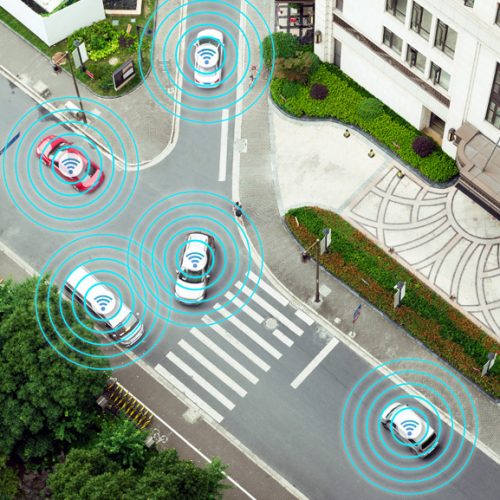
In addition, other technologies like 5G internet have to be available throughout the country to take advantage of the fast communication between smart vehicles and smart roads. Until we have adequate infrastructure and the backing of the public, we’ll struggle to build smart roads at scale.
Here again is the importance of taking small, realistic steps versus trying to revamp the entire transportation system.
The technology used in smart roads
Let’s go into further detail about the different technologies that make smart roads possible.
#1 General smart road technology
Any road equipped with tools to interact with its environment (whether that be the weather or a smart car) is a smart road. By using sensors, smart roads gather vital information about the roads and relay it to oncoming cars and people planning a trip.
#2 Solar powered smart roads
Through photovoltaic cells and better road materials such as reinforced glass, smart electric cars automatically charge as they use the road (also known as inductive charging). This technology helps us solve the problem of electric cars needing to stop for extended periods of time and try to locate a charging station.
#3 Glow in the dark technology
Street lights, signs, and special road markings with glow in the dark powder tap daylight energy and guide drivers during dark hours of the day, while also being extremely energy efficient. When we adequately guide drivers through their night commute and save energy, that’s a win-win scenario for people and the environment.
#4 Interactive lights
Interactive lights are programmed with sensors to light up when a car or pedestrian is using the road. This can be a huge energy saver when it comes to managing unequal distribution of traffic across a city. To extend their concept even further, some smart lights harness energy from the wind generated by cars passing by.
#5 Electric priority lanes
Electronic priority lanes enable electric cars to get to their destinations faster and automatically charge as they drive.
#6 Weather detection technology
Weather detection technology helps us make better decisions in situations where weather is a significant factor at play. Some examples include temperature sensitive paints that alert drivers to bad road conditions such as black ice. There are also more sophisticated technologies like sensor networks that help with meteorological research.
#7 Traffic detection technology
There are many benefits that come with having traffic detection technology. For one, it gives smart roads the ability to enforce traffic laws through license plate capture cameras and weight sensitive sensors.
Furthermore, AI powered traffic lights become more sensitive to the traffic variables in their location and across the city. This helps with giving right of way to pedestrians, warning incoming vehicles of traffic bottlenecks, and discovering high risks problem spots.
Smart road solutions that are impacting cities today

Just as highways changed the way we shopped, lived, worked and did business, smart roads will follow suit. With the increase in safety and efficiency of transportation, there can be positive effects on the environment, businesses, and the economy.
In fact, what we refer to as “smart roads of the future” is already here and companies are currently working to perfect it. This is especially true with a product called smart pole, which honks at vehicles approaching a blind turn.
Another example of smart road technology is the Dynamic Wireless Power Transfer (DWPT). It’s an induction coil structure buried beneath the smart road that transfers energy from the coil to electric cars via the electric charging lanes. There are many benefits that comes with this product such as:
- Cheaper, lighter and faster electric cars
- Better use of real-estate eg car lanes instead of charging stations.
- Safe travel due to high energy efficiency of the technology itself.
These are just a few of the many solutions to inefficient travel in our cities. Here at PTV Group, we have a suite of software products and consulting services that help cities optimize their transportation systems for safety and efficiency. Solutions by PTV Group include optimizing multimodal traffic on macroscopic and microscopic levels, as well as signal timings, and even entire road networks.
Wrapping up, cities brave enough to adopt smart roads are true sustainability pioneers that will reap direct and indirect rewards by making the lives of their citizens better and preserving the environment.
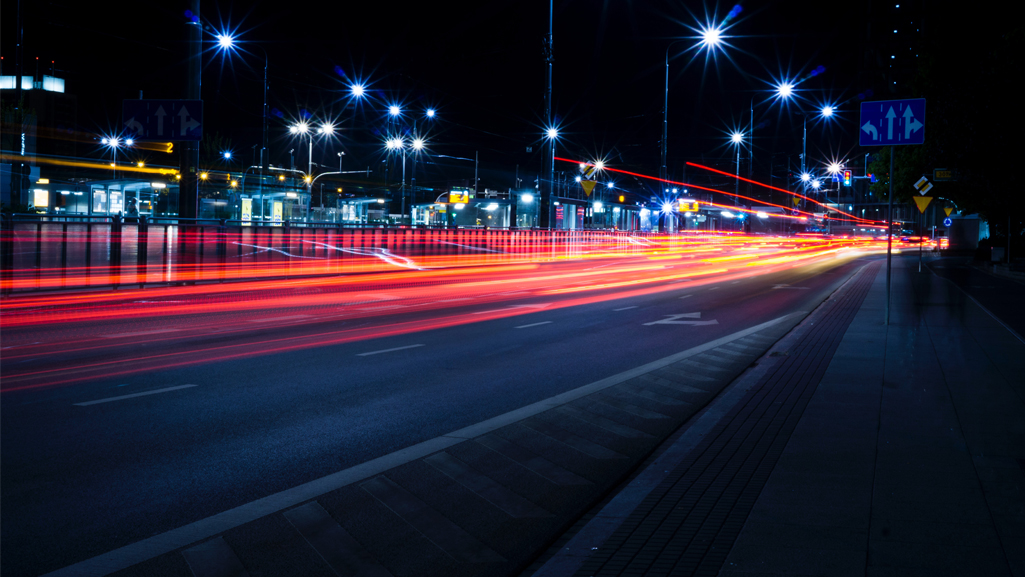
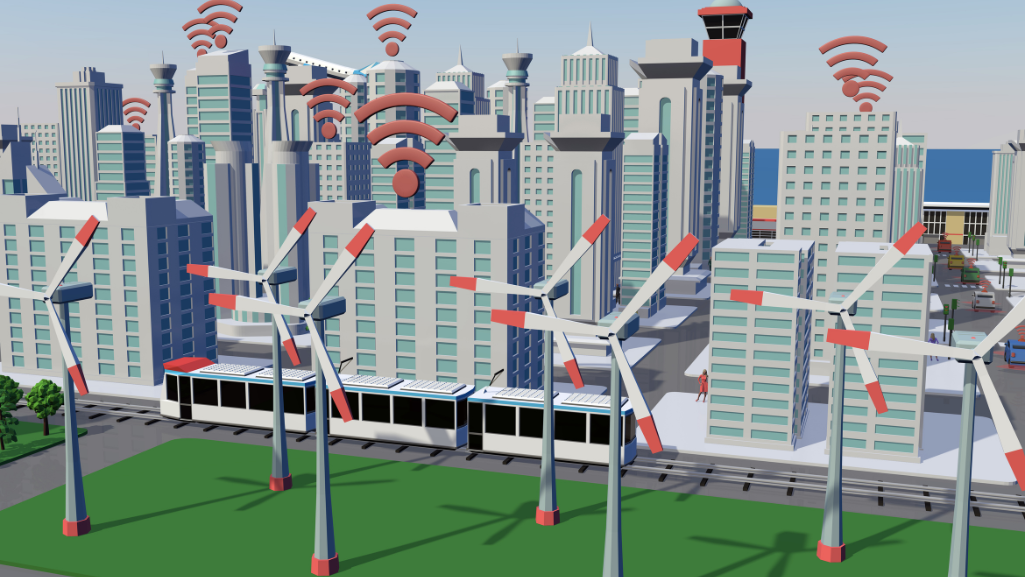
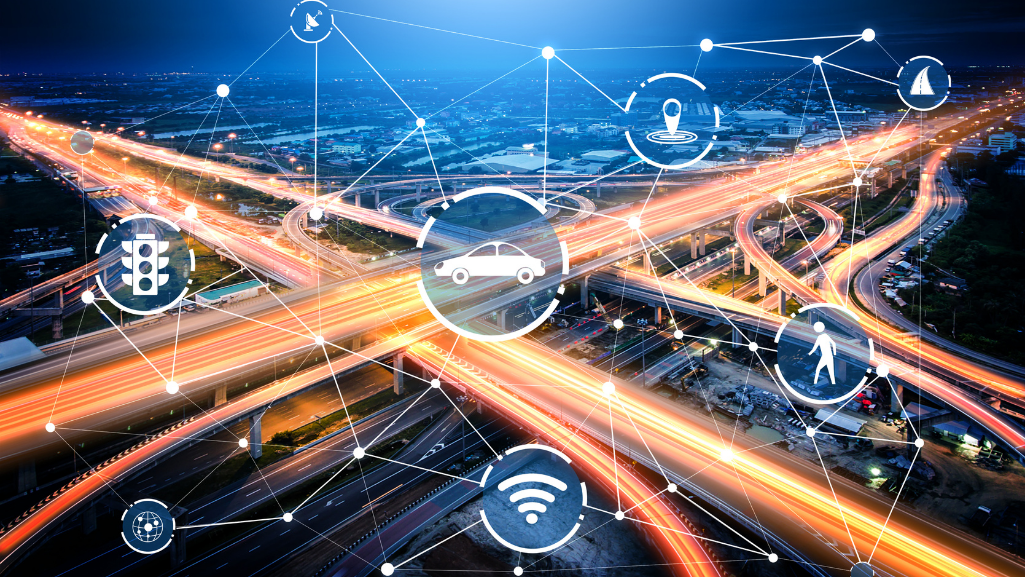
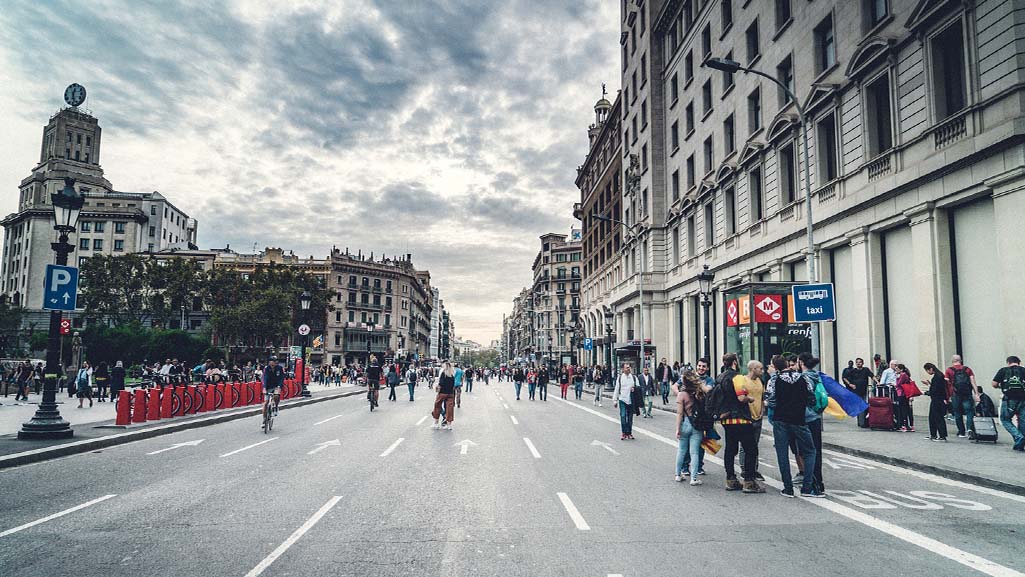
Awesome post, thanks for sharing.